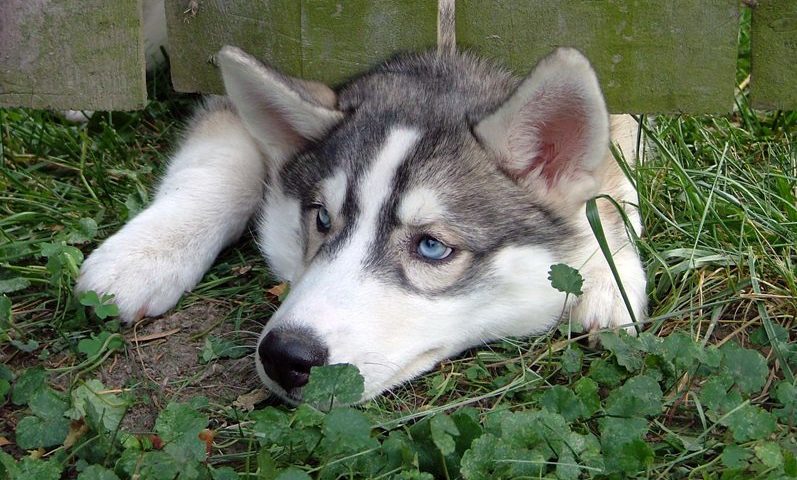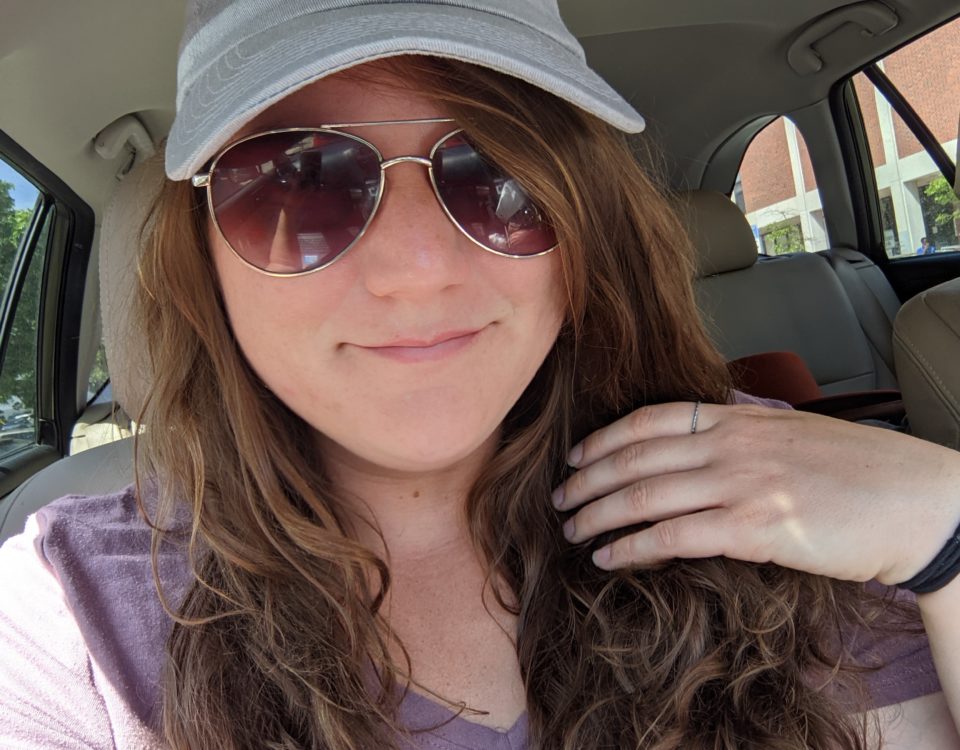- All-In-One Beekeeping for the Bees
- +1-608-728-8233
- info@beepods.com
Naturalize Your Yard Without Offending Your Neighbors


Let’s face it, lawns are not bee-friendly. The herbicides used on them poison bees. The lack of flowering plants provides little by way of forage. It may seem that the simple solution is to have less lawn and more garden areas but that can be difficult for some people due to social pressures from neighbors. With some careful planning, however, you can naturalize your yard without getting stung by criticism.
Find a role model.
If you are thinking about naturalizing your yard, a good starting point is to find examples of naturalized yards that you like, ideally in your neighborhood. You may try talking to the homeowner to get advice on the process as well as the amount of work necessary to maintain it. Take a few pictures of the inspiring yard and share them with your next-door neighbors to begin the conversation. You could say, “I saw this beautiful natural yard at (location) and I’m hoping to incorporate some of these ideas in my yard. If you are interested, I’d love to keep you posted on my progress.”
Get educated.
You can also join an organization that focuses on native plants and natural landscapes such as Wild Ones or visit the National Wildlife Federation’s site for advice on creating a wildlife-friendly garden. As a Wild Ones member, you can visit other members’ naturalized yards and begin to learn about native plants. When I took a nature walk with Wild Ones many years ago it was like someone was giving me a pair of eyeglasses, which allowed me to see plants for the first time. Where before they were just plants, now they had names and stories. Invite your neighbors to attend a garden walk with you so that they can begin to appreciate native plants.
Make a plan.
Some garden centers will provide you with a landscape plan for free if you purchase the plants from them. Landscape designers will take into account the plants’ blooming periods, the amount of sunlight in your yard, the height of plants, and which perennials are hardy in your area. You don’t need to take all the suggestions at once, but you might do one planting bed each year. You can find plans for pollinator gardens and rain gardens online as well. Over time, certain plants may start to take over and you will need to do some thinning to restore a balance. Once you narrow it down to a few possible garden plans, share the possibilities with your neighbors, and ask for their input. If they are not gardeners, be sure to show visuals of the plants and not just the plant names. Talk to them about the impact of pesticides on bees.
Dig in.
If you are buying plants, spring/early summer is a great time to get started on naturalizing your yard. Instead of cursing rainy days, you will be thankful for the help watering your new garden. For those not in a hurry, you can save some money by starting from seed. A nice gesture, especially if your neighbors have children, is to share some seeds with them. You can put them in a baggie with directions for planting. The best time of year to sow seeds in the north is in fall and winter. When you plant in the fall, seeds are worked into the soil through the freeze-thaw process. Just be sure to plant late enough into the fall so that seeds don’t germinate before winter. In winter, you scatter seeds over the snow and as it melts it will provide moisture.
Don’t over commit.
It is tempting to dream big and want to naturalize your entire yard all at once. The more prudent decision, however, may be to start in your backyard. You will hear fewer complaints from neighbors about your backyard landscape choices. Begin with existing garden bed areas that need improvement. As you experience success with those beds, you may find that you need to thin some of your plants and can use them to start new garden areas. Once your backyard is well-established, you might think of ways to naturalize your front lawn. Some people with small lawns are able to convert from grass to ground covers without much trouble. Those with larger lawns might start with one area at a time and gradually expand.
Maintain.
The worst advertisement for a natural yard is a neglected yard. While you are establishing new garden areas, you need to be vigilant about caring for new plants and pulling weeds. According to the New York Post, the average American spends 17 minutes per day on pulling weeds and tending to the garden. That’s a reasonable number. Each day just pick an area of your yard and commit to 15 minutes. It’s very likely you will spend more than that, but 15 minutes seems doable. Not only will your garden beds look better, but your neighbors will see the effort that you are putting into them.
Advertise with signs.
You can help your neighbors appreciate your natural yard by posting signs labeling your rain garden, pollinator garden, or wildlife habitat. Some neighbors may have very strong feelings about grass and think that native perennials are weeds. Posting a sign shows that you have a plan and a mission, and it helps them to better understand your intentions. You can also post pictures to social media of pollinators in your garden.
As people become more aware of the stresses facing pollinators, it’s time to rethink lawns. Once the kids are grown do you really need all that grass? Do you really want to spend so much time each week mowing? With proper planning and maintenance, you can beautify your yard, welcome pollinators, and educate your neighbors all at the same time.
See Also:
Resources:
Bill Polacheck
Latest posts by Bill Polacheck (see all)
- Level Up with a Beekeeping Course - September 15, 2020
- Beepods Harvest Box: Helping Your Bees Survive the Winter - September 8, 2020
- Simple Ways You Can Communicate Like a Bee - September 1, 2020



